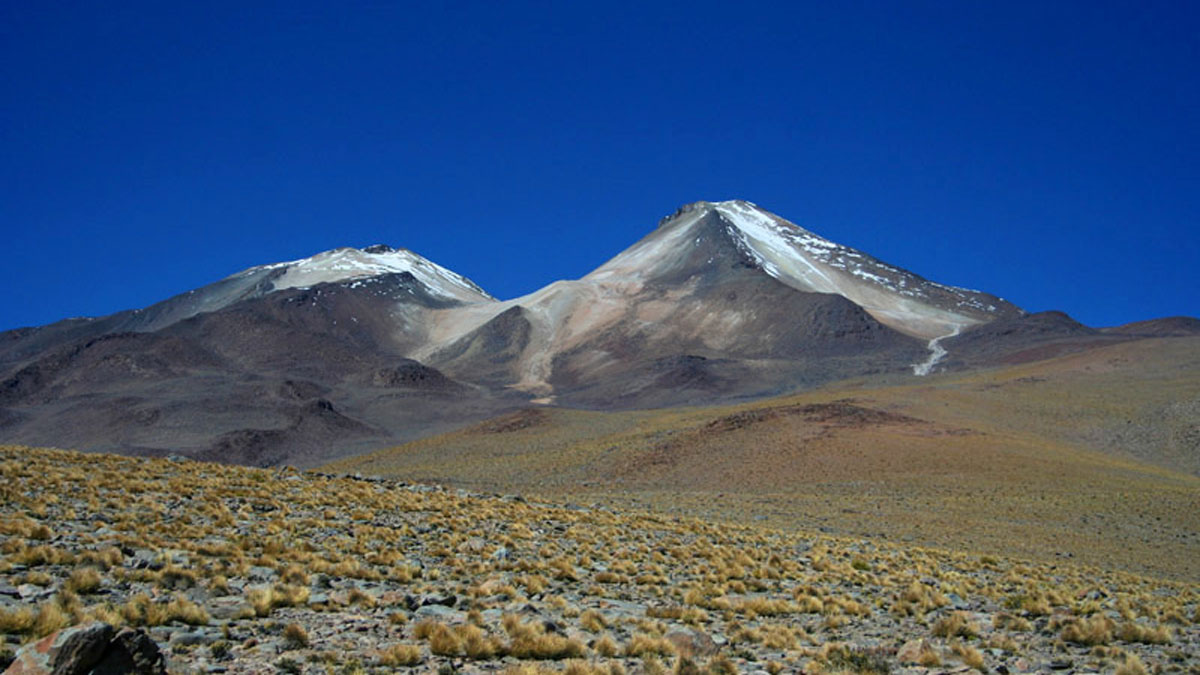Source: Geophysical Research Letters
Earth’s crust contains pockets of water, metal-rich brines, gas, and molten rock, especially near volcanoes and other sites of geothermal activity. Knowing where these fluids are and their precise composition can help scientists assess volcanic hazards, harness geothermal energy, and find useful metals, but mapping them is not an easy task.
In a new study, Hudson et al. map geothermal fluids beneath a volcano using earthquake wave data collected by seismometers.
The researchers used data from 1,356 earthquakes captured between April 2010 and October 2012 by 33 seismometers distributed near the Uturuncu volcano in the Bolivian Andes. Uturuncu, which rises about 1 centimeter per year, lies above the world’s largest known magma body.
From the earthquake data, the researchers identified fluids based on how the crust absorbed energy from earthquake waves. They measured seismic anisotropy, which describes how the speed of earthquake waves differs depending on direction. In addition, they used pressure, temperature, and electrical conductivity to narrow down the likely composition of the fluids.
They identified water and metal-rich brines located along faults and fractures, and some of the fluids contained carbon dioxide—similar to sparkling water.
Most of the region’s crust was only partially saturated with fluids, although the team did find a few fully saturated pockets. The researchers hypothesize that one of these pockets, located southeast of Uturuncu, represents the shallow, cooled remnants of a hydrothermal system that formed during a prior period of active volcanism.
The team also identified a deeper pocket directly beneath Uturuncu, which appears to contain water or metal-rich brines in supercritical fluid form. Here the temperature and pressure are so high that the fluids can no longer be classified as liquid or gas.
The technique, now shown to be effective, can be used to peer into the fluid world beneath volcanoes in similar regions around the world. (Geophysical Research Letters, https://doi.org/10.1029/2022GL100974, 2023)
—Sarah Stanley, Science Writer

